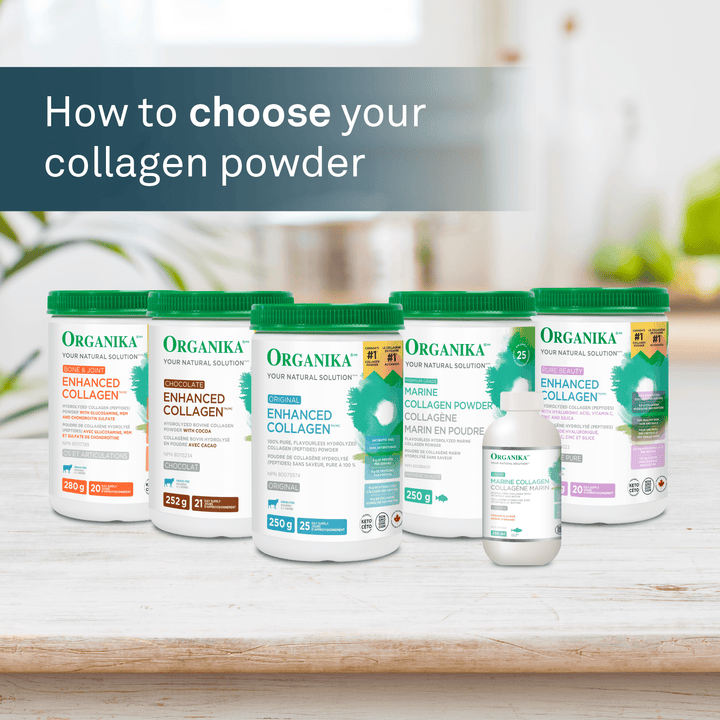Struggling with gout and wondering what to do about it? Get the answers to your questions and learn how to deal with gout naturally.
If you’ve been diagnosed with gout, you’d probably do almost anything to avoid the excruciating joint pain that comes with an attack. Determining which natural therapies will most effectively manage your symptoms requires some education. You need to know why your joints feel like they’re screaming at you. So let’s talk about what’s happening on the inside and learn how to deal with gout.
What is gout?
Gout is a form of inflammatory arthritis. It occurs when uric acid crystallizes in the joints. It causes swelling, redness and pain that can last anywhere from a few days to a few weeks. The pain can be excruciating and downright debilitating during attacks. The big toe is a common place for gout pain to occur. But the pain can also be in other joints, such as the hands, wrists or ankles. If gout gets left untreated, it can lead to painless lumps of uric acid crystals that form under the skin and around the joints. These lumps are called tophi, and in some cases they may restrict movement.

Where does uric acid come from?
Uric acid happens when the body breaks down purines. We consume purines in the foods that we eat. In fact, purines are found in the cells of plants, animals and even humans. Some foods, like shellfish, or organ meats have higher levels of purines. A high level of uric acid in the blood can form needle-like crystals that build up in joints and soft tissues.
Who’s at risk?
Four times more men than women get gout. It commonly develops in men between the ages of 30 and 50. Women affected, typically develop symptoms after menopause. Gout affects up to 3% of the adult population in Canada.
But, why me?
There are a number of factors that can contribute to the development of gout.
-
Genetics: Genes can affect the kidney’s ability to filter uric acid from the blood. If the kidneys can’t filter uric acid efficiently, levels can elevate in the body.
-
Hyperuricemia: Hyperuricemia is a condition of elevated uric acid. It can be from an overproduction within in the body, or because the kidneys fail to efficiently process the uric acid. Not all individuals who experience hyperuricemia develop gout, but it does increase the risk.
-
Diet: Certain foods high in purines can act as triggers for gout attacks. High purine foods include red meat, organ meats, shellfish, asparagus, mushrooms and alcohol.

Okay, so to recap, we’ve established that gout is an inflammatory form of arthritis. It hurts, A LOT. We can blame uric acid. Which may be too high for a number of reasons. And now we’re ready to get it under control.
So, what can I do to deal with gout?
Maintaining a healthy diet and lifestyle can help to manage symptoms associated with gout. Here are some tips to help guide you in the right direction:
-
Reduce your intake of purine-rich foods: That means foods like red meat, organ meats, some types of seafood like shellfish, lentils etc.
-
Eat cherries: A diet rich in fruits and vegetables is overall beneficial, but studies actually show that eating cherries can reduce the occurrence of gout attacks.
-
Eat an anti-inflammatory diet: An anti-inflammatory diet can help to reduce overall inflammation in the body. That includes pain associated with joint inflammation.
-
Avoid or reduce alcohol intake: Some types of alcohol contain high amounts of purines. Beer especially. Sorry men.
-
Drink plenty of water: Water is essential for maintaining kidney health. Why does this matter? Uric acid is filtered through the kidneys for excretion.
-
Maintain a healthy weight: Being physically active is great for overall health, but it’s also great for healthy weight management. Overweight people are more likely to experience gout, while exercise can also help to reduce uric acid levels.
-
Supplement right: Goutrin is a powerful combination of five effective ingredients. It works to reduce uric acid levels while relieving joint pain, stiffness and inflammation. Goutrin contains cherry fruit powder, peppermint, thyme, celery seed and vitamin C that helps to manage the symptoms associated with gout. It also provides antioxidants to reduce oxidative stress on joints.

References:
1. http://articles.mercola.com/sites/articles/archive/2012/10/15/cherries-reduce-gout-attack-risks.aspx 2. http://www.mayoclinic.org/healthy-lifestyle/nutrition-and-healthy-eating/in-depth/gout-diet/art-20048524 3. http://blog.arthritis.org/gout/gout-flare-patient-story/#more-77 4. https://www.nlm.nih.gov/medlineplus/ency/article/003476.htm 5. Balch, Phyllis A. (2010) Prescription for Nutritional Healing. New York, New York: Penguin Group



 Okay, so to recap, we’ve established that gout is an inflammatory form of arthritis. It hurts, A LOT. We can blame uric acid. Which may be too high for a number of reasons. And now we’re ready to get it under control.
Okay, so to recap, we’ve established that gout is an inflammatory form of arthritis. It hurts, A LOT. We can blame uric acid. Which may be too high for a number of reasons. And now we’re ready to get it under control.






